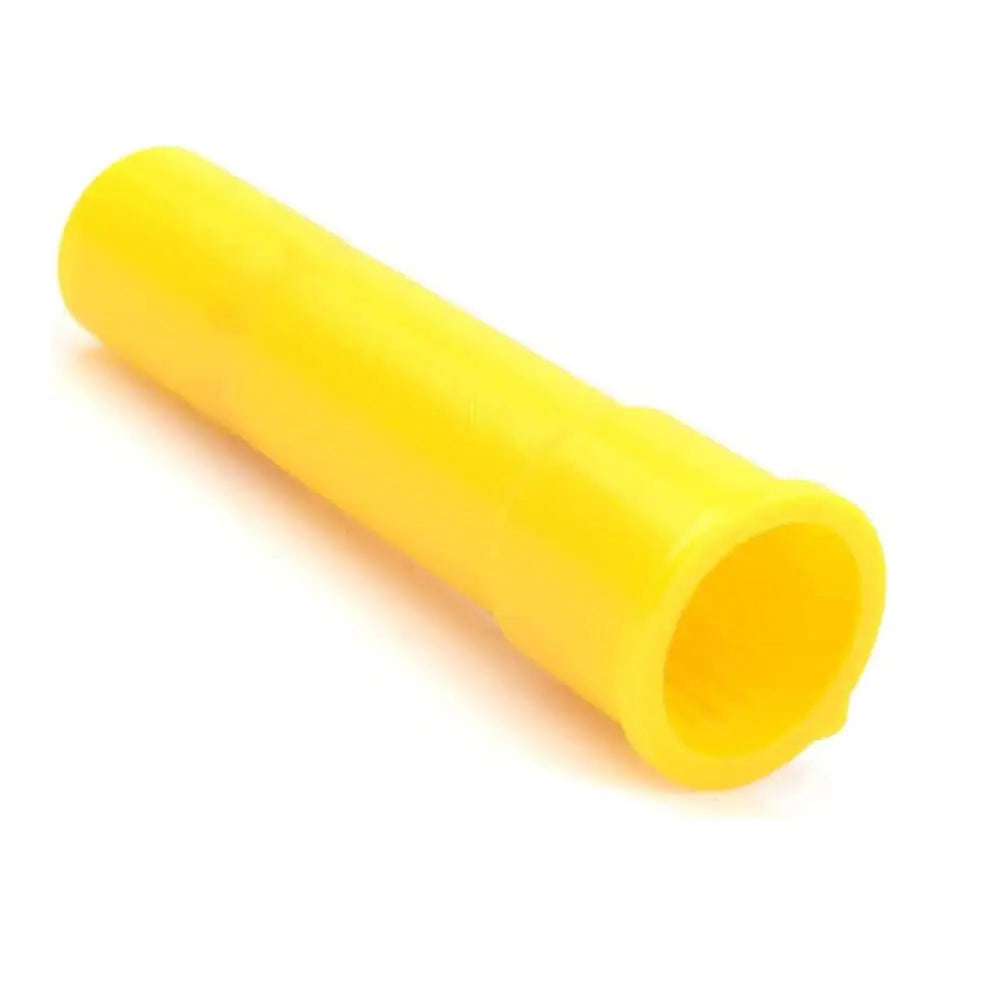Shop by Category
Oil Dipstick
1 product
Showing 1 - 1 of 1 product
Understanding Your Car's Oil Dipstick: A Vital Tool for Engine Health
The oil dipstick is a small, yet crucial component of your car's engine. It serves as a reliable indicator of your engine's oil level and quality, allowing you to monitor and maintain optimal lubrication. By regularly checking the oil dipstick, car owners can ensure the longevity and performance of their vehicle's engine. In this article, we will delve into the importance of the oil dipstick, how to use it correctly, and the significance of regular oil level checks.The Purpose of the Oil Dipstick:
The oil dipstick is designed to measure the quantity and condition of the engine oil. It provides a quick and convenient way to assess whether your car has adequate oil levels or if it requires topping up. Additionally, the oil dipstick can offer insights into the overall health of your engine, helping identify potential issues such as oil contamination or excessive consumption.Using the Oil Dipstick:
Checking the oil level using the dipstick is a straightforward process that can be done by following these steps:Park your car on a level surface and ensure the engine is turned off and cool.
Locate the dipstick, which is typically a brightly colored or labeled handle, usually found near the engine block.
Remove the dipstick by pulling it out gently, being cautious not to touch the hot engine components.
Wipe the dipstick clean using a cloth or paper towel to remove any oil residue.
Reinsert the dipstick back into its tube completely.
Once fully inserted, pull it out again and observe the oil level on the dipstick.
The dipstick usually has two marks: a "Full" or "Max" mark and a "Low" or "Min" mark. The oil level should ideally be between these two marks. If the oil level is below the minimum mark, it's time to add more oil.
Interpreting Oil Conditions:
Besides measuring the oil level, the oil dipstick can also provide information about the oil's condition. Here are a few key observations to keep in mind:1) Color: Fresh oil is usually amber or light brown in color. Dark or black oil may indicate the need for an oil change or potential engine issues.
2) Consistency: The oil should have a smooth and uniform consistency. If you notice gritty or metallic particles, it could suggest internal engine wear.
3) Smell: Fresh oil has a distinct petroleum odor. If the oil smells burnt or has a strong, unpleasant scent, it might indicate engine problems.
The Importance of Regular Oil Level Checks:
Regularly monitoring your car's oil level using the dipstick is crucial for several reasons:1) Engine Protection: Adequate lubrication is vital for preventing friction and excessive wear between engine components. Low oil levels can lead to increased friction, heat, and potential engine damage.
2) Early Problem Detection: Monitoring the oil condition allows you to catch potential issues early on. Abnormalities in color, consistency, or odor can indicate leaks, contamination, or internal engine problems.
3) Increased Lifespan: Proper oil maintenance through regular checks and timely top-ups helps extend the lifespan of your engine, ensuring it operates at its best for years to come.
The oil dipstick is a simple yet invaluable tool for maintaining your car's engine health. By regularly checking the oil level and observing the oil's condition, you can take proactive steps to address any potential issues promptly. Remember, keeping your engine well-lubricated is key to ensuring optimal performance, reliability, and longevity for your vehicle.
Showing 1 - 1 of 1 product
Display
View
Save £2.80


Oil Level Dipstick For VW Transporter T5 Touareg Multivan 2.5 TDI (2003 - 2010) - 070115629KG
Sale price£3.99
Regular price£6.79
No reviews
In stock
Filters (0)
